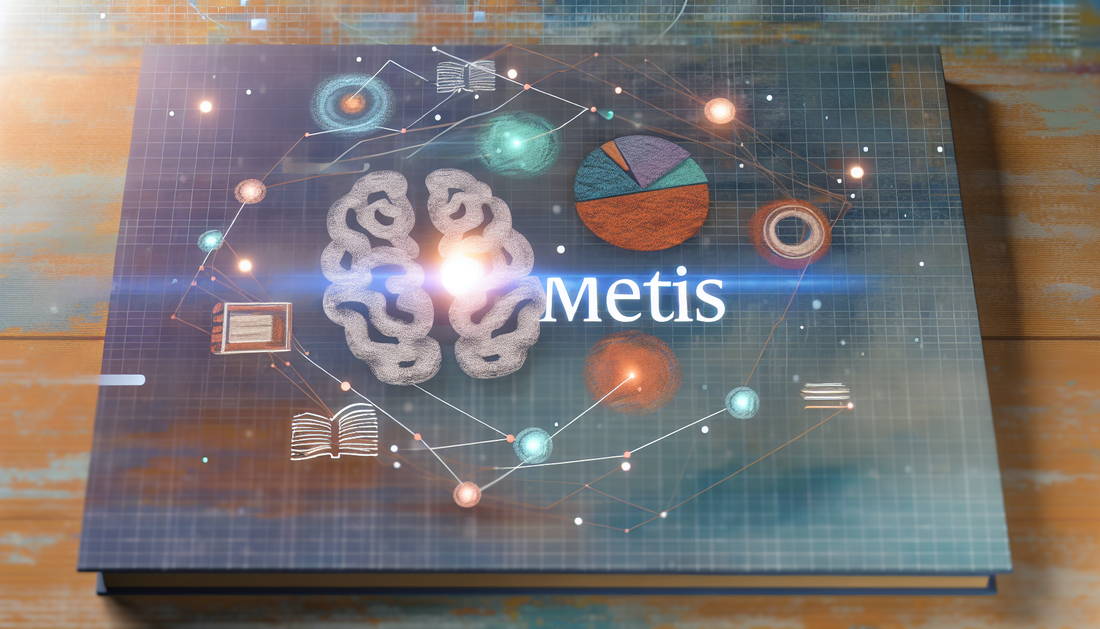
Unlocking Metis DAO: The Future of dApps
Share
How Metis DAO Functions
Metis DAO is a layer 2 scaling solution aiming to improve the Ethereum blockchain's scalability and performance by enabling decentralized applications (dApps) to process transactions more efficiently. The platform utilizes an Optimistic Rollup technology, which bundles large numbers of transactions off-chain into a single proof that the Ethereum main chain can verify. This process helps to decrease network congestion, reduce transaction costs, and improve throughput.
Core Components of Metis DAO
The Metis DAO ecosystem revolves around several key components:
The Metis Layer 2 Protocol
The primary element of Metis is its layer 2 protocol, built on top of Ethereum. By using Optimistic Rollups, Metis gathers multiple transactions into batches and submits them as a single transaction to the Ethereum main chain. The validators in the Metis ecosystem check these transactions, ensuring they are valid before posting them on-chain. This method significantly enhances the speed and efficiency of transactions.
Decentralized Autonomous Company (DAC) Framework
Metis introduces the concept of Decentralized Autonomous Companies (DACs) to promote decentralization and community governance. These DACs enable users to create and manage projects or companies in a decentralized manner. They provide tools for collaboration, governance, and project management without the need for a third party. This framework integrates seamlessly into Metis’ layer 2 infrastructure, providing businesses with a low-cost and efficient method to operate on the blockchain.
Metis Virtual Machine (MVM)
The Metis Virtual Machine (MVM) is tailored for supporting dApps on the Metis chain. It allows for the execution of smart contracts, enabling dApps to function smoothly within the Metis protocol. This virtual machine is designed to handle large volumes of dApp activity efficiently and securely, encouraging the deployment of a wide range of blockchain applications.
Scalable Governance
Metis DAO employs a decentralized governance model that allows token holders to participate in decision-making processes directly. This scalable governance helps ensure that the evolution of the Metis ecosystem aligns with the community's needs, providing a democratic approach to development. For more insights into how decentralized governance can empower communities, you might find this article on Empowering Communities: STORJ's Decentralized Governance interesting.
Interoperability and Integration
Metis facilitates interoperability with other blockchains and traditional systems through its infrastructure. This integration capability is crucial for expanding the usability of dApps developed on the Metis network, making it more versatile in connecting with various blockchain and off-chain ecosystems. This strategic approach is vital to building a sustainable ecosystem that can scale and adapt over time.
By utilizing these innovative components, Metis DAO is set to provide a robust platform for developing decentralized applications that require high scalability and performance.
Considering participating or building on Metis DAO? You can get started on platforms like Binance. Register here to explore investment opportunities.
